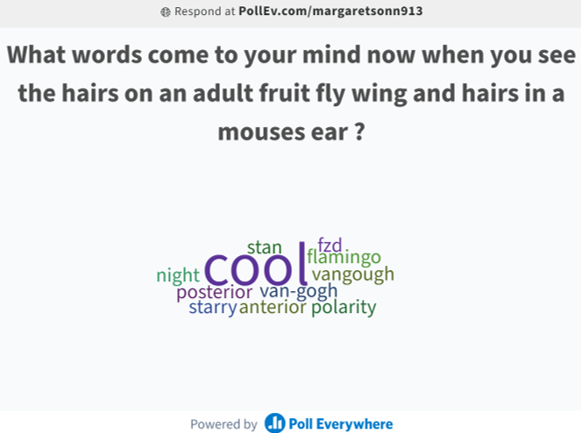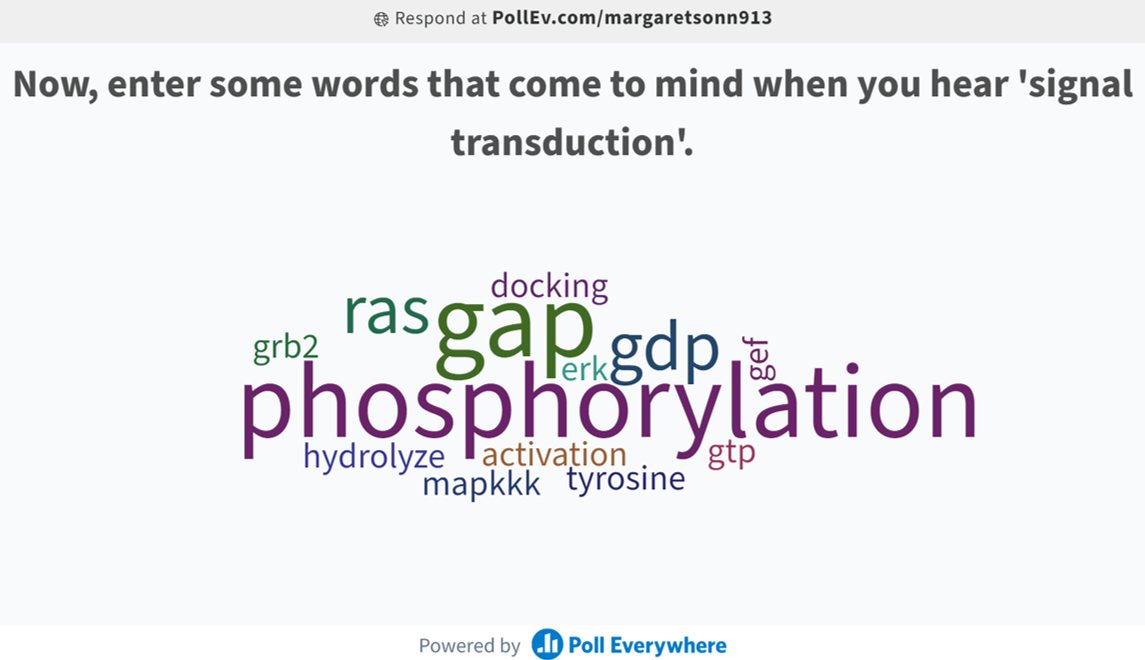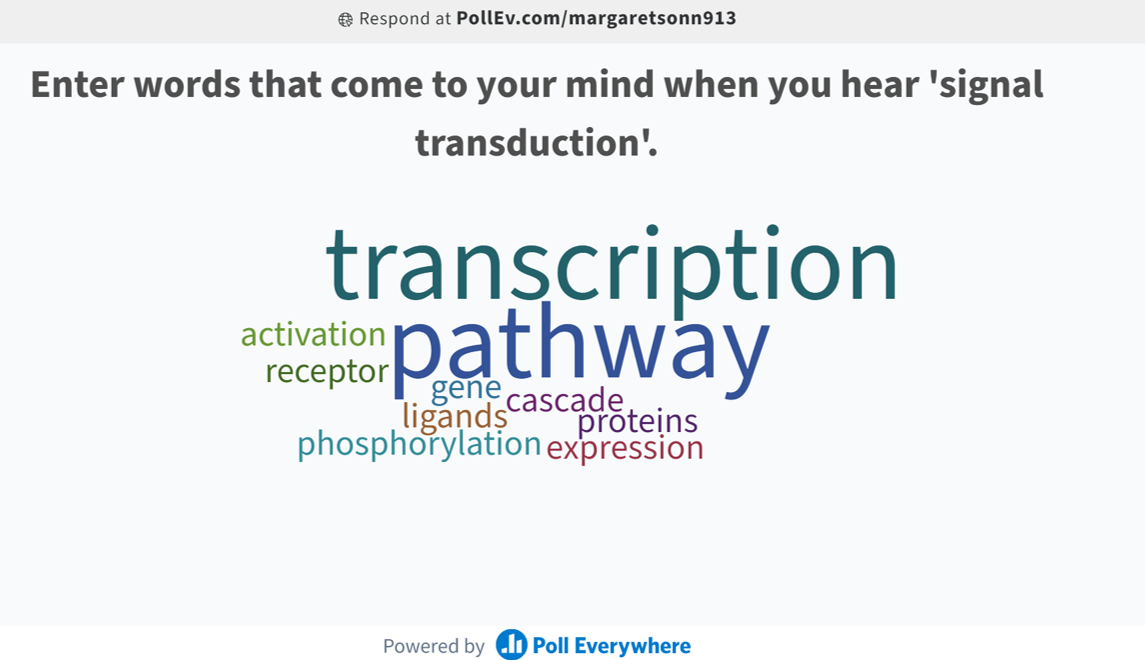It is important to develop strategies to keep students engaged whether we are helping students grasp concepts remotely or face-to-face. I use interactive technology to promote active-learning individually and in groups. Please see examples of how I use interactive technology to create communities of inquiry and engage my students below!





